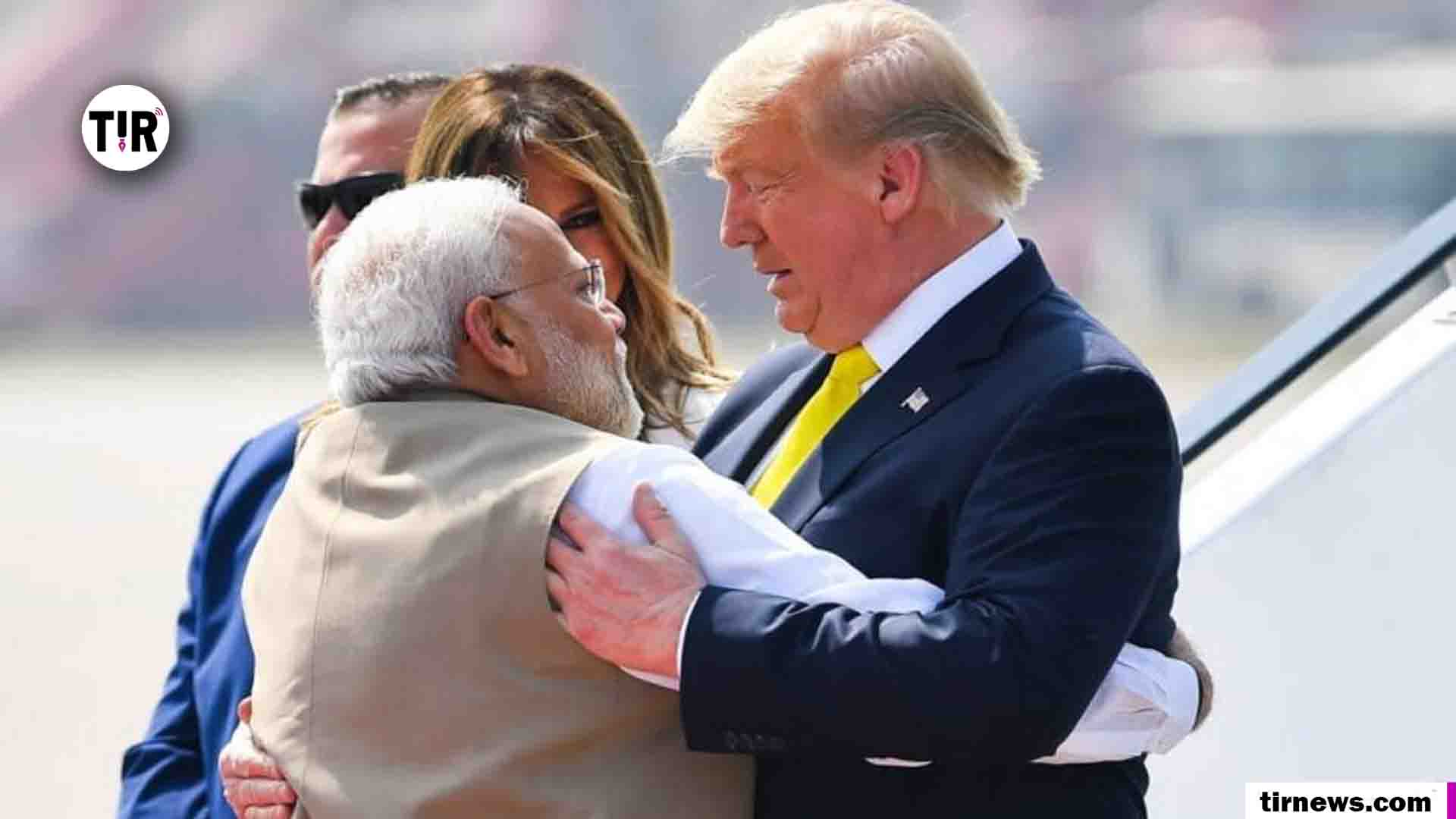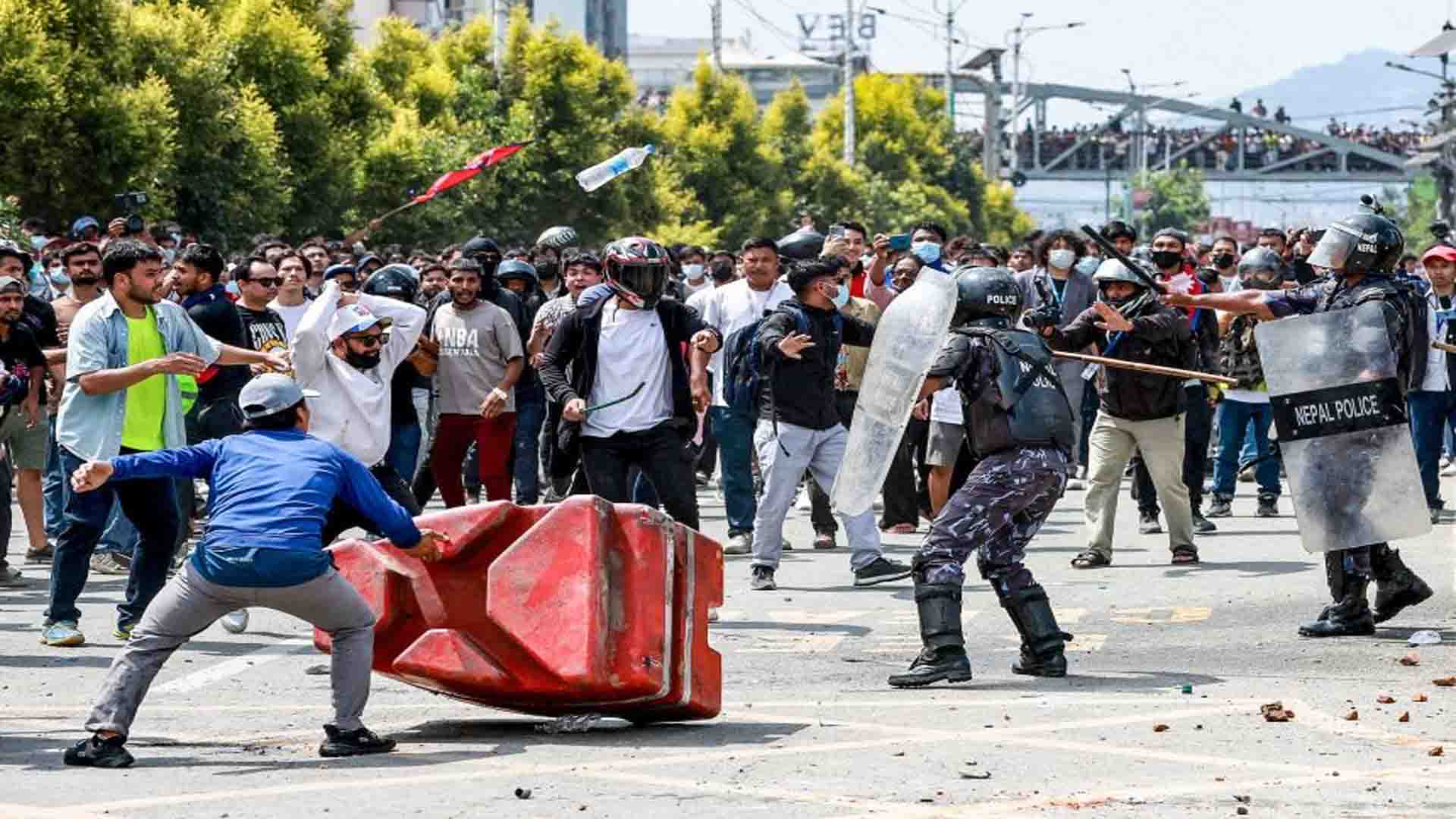Amid heightened trade tensions, China has firmly rejected U.S. demands to cease importing oil from Russia and Iran, even as Washington threatens a 100% secondary tariff on Chinese goods in response.
On August 3–4, 2025, China’s Foreign Ministry emphasized that its energy strategy is shaped by national interest and sovereignty, stating that “coercion and pressuring will not achieve anything” and reaffirming its intention to maintain imports regardless of U.S. threats. This stance emerged during trade negotiations in Stockholm, where Treasury Secretary Scott Bessent delivered the U.S. warning. Responding wryly, he noted that “the Chinese take their sovereignty very seriously. We don’t want to impede it, so they’d like to pay a 100% tariff.”
Despite efforts to incorporate oil purchases into trade talks, negotiations remain stuck over the impasse. China is already the largest importer of Iranian oil and second-largest buyer of Russian crude, importing over 1 million barrels per day from Iran and exceeding 1.3 million barrels per day from Russia in recent months.
Analysts warn that imposing a 100% tariff could jeopardize broader trade deals, especially with a planned meeting between U.S. President Donald Trump and Chinese President Xi Jinping. Some observers suggest Washington may leverage this issue as a bargaining chip in wider negotiations.
The U.S. rationale behind the pressure is strategic: reducing revenue streams to Russia and Iran by targeting their oil exports, seen as funding military operations in Ukraine and proxy conflicts across the Middle East. Congress is also considering legislation to authorize tariffs up to 500% on countries continuing to import Russian oil.
China responded by underscoring its longstanding energy ties, noting that 90% of Iran’s oil exports now flow to China. It asserted that buying oil from Iran and Russia is essential to its strategic energy needs and that U.S. trade coercion will not alter these commercial decisions.



